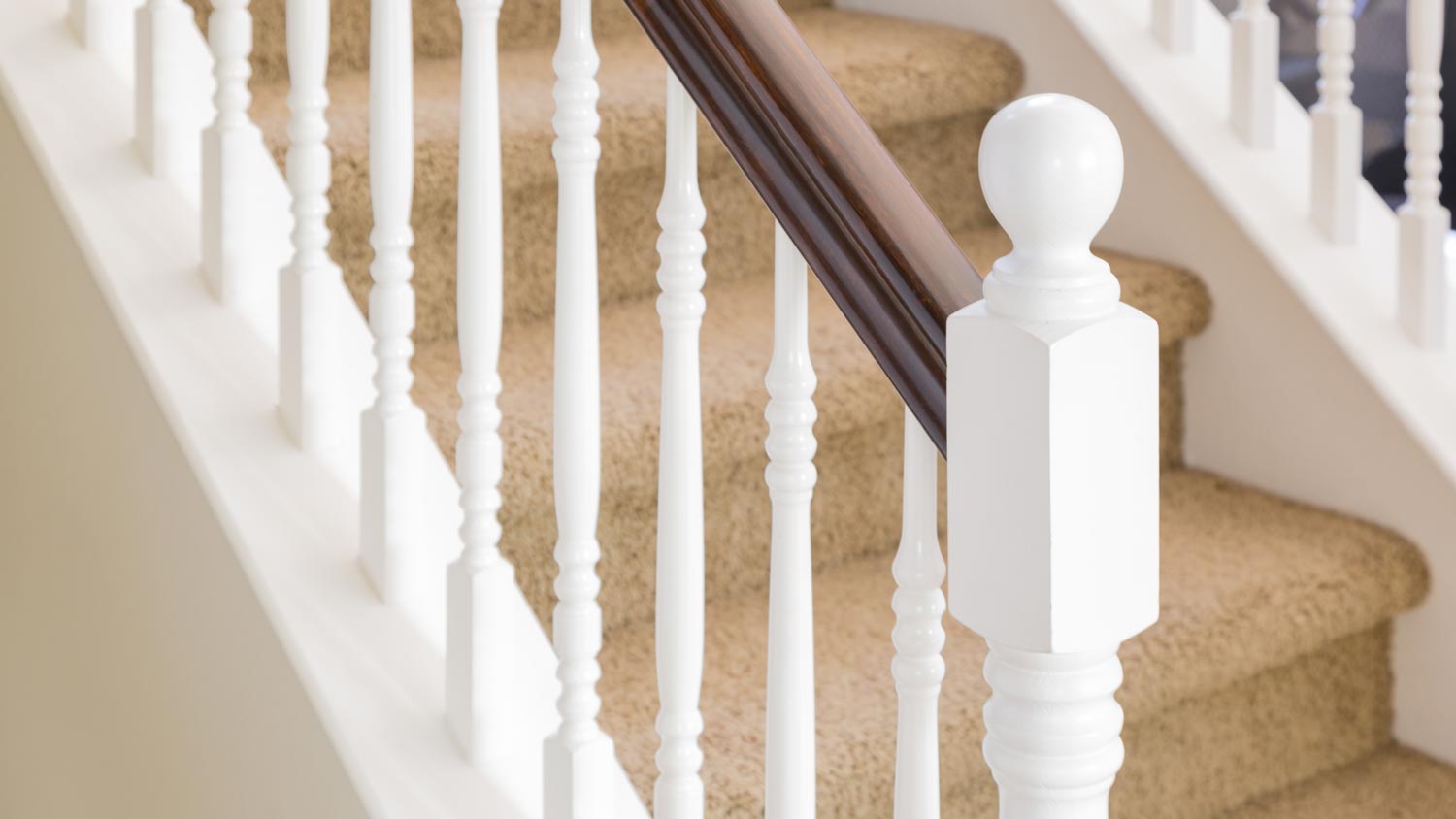
Get expert insights on stair railing repair cost, including average prices, cost factors, and tips to save money. Plan your stair railing repair project with confidence.
Raise the panels because plain walls are “board”


Wainscoting is a type of wall molding that’s made from wood panels.
It’s now a decorative feature that can also protect wall surfaces.
Raised-panel, beadboard, and board-and-batten are popular types of wainscoting.
Wainscoting costs around $1,330, but the price fluctuates based on room size, materials, and professional installation.
These days, if you want to keep your house warm, you’re reaching for fiberglass batts, spray foam, or rigid foam boards—materials that quietly do the job behind your walls. If you stepped back into the 16th, 17th, or 18th century, you’d be counting on wainscoting to help keep the chill out. Yes, those classic wood panels in entryways and dining rooms weren’t just for show. They were a practical fix for drafty stone walls. Fast-forward to now, and while their purpose has shifted, their popularity hasn’t. Homeowners still love wainscoting, not for the insulation, but for the charm and character it brings to nearly any space.
Wainscoting is a type of decorative wall molding that runs along the lower portion of an interior wall. Originally used to insulate older homes from drafts and dampness, its modern-day role is more about looks and shielding walls from everyday scuffs caused by shoes, furniture, and playful pets. It’s typically installed about a third of the way up the wall—around 32 inches from the floor—though taller installations aren’t uncommon for homeowners who want a bolder look.
The term “wainscot” started as a name for a high-quality oak known for its strength and resistance to warping. Over time, the word shifted to refer to the paneling itself rather than the wood, highlighting its role in protecting walls from daily dings and dents. Now available in a wide range of materials, from traditional wood to moisture-friendly PVC, wainscoting can suit just about any room or budget. Design choices like beadboard, flat panels, or raised profiles make it easy to match your aesthetic, whether you’re leaning into classic elegance or going for something cleaner and modern.
Even though it’s no longer a go-to for keeping rooms warm, wainscoting has a way of making any room feel polished and purposeful, transforming plain walls into something as durable as they are stylish.
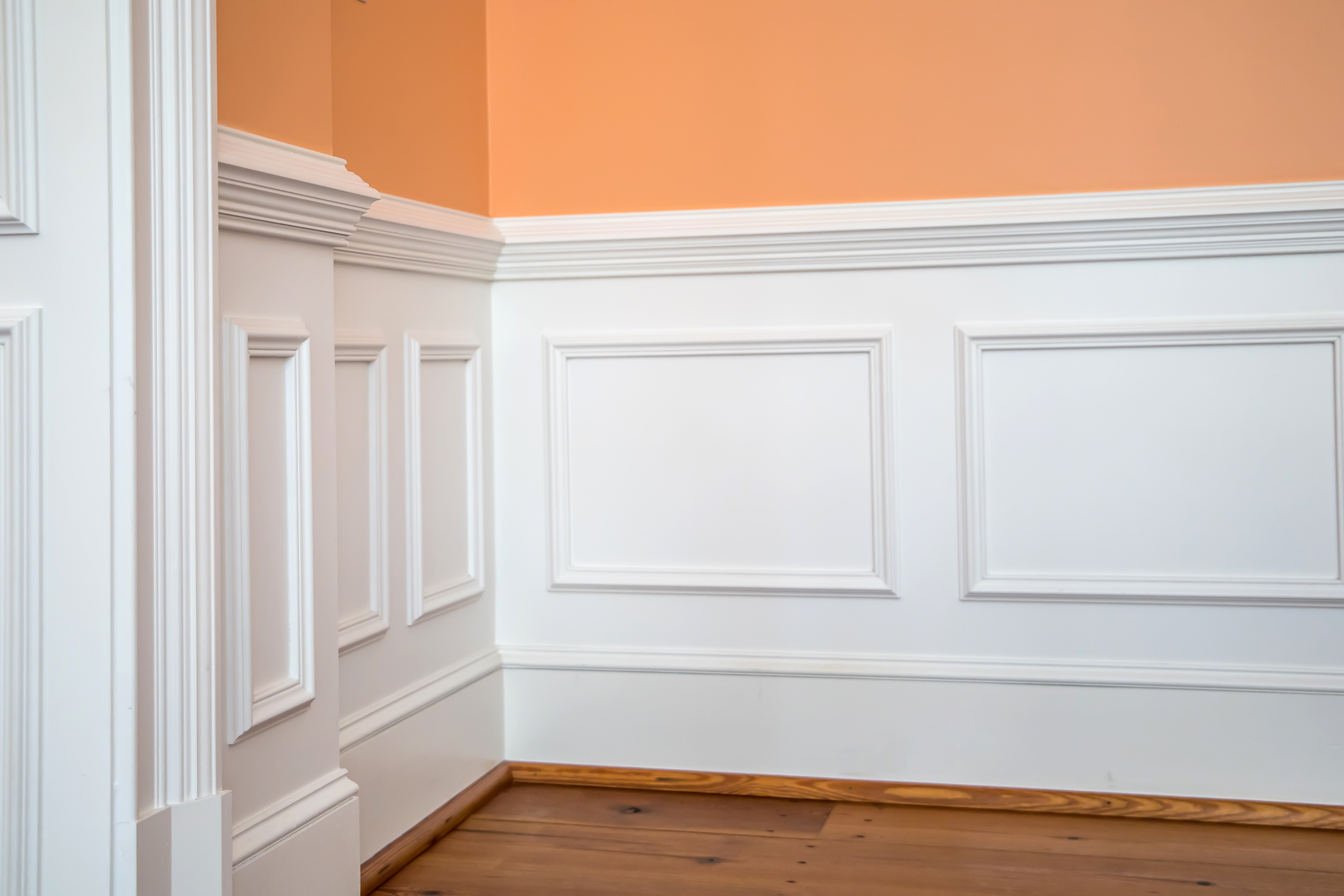
A paneled wall adds a subtle but unmistakable touch of maturity to any space. Luckily, wainscoting comes in a variety of styles. Some designs feel more formal, while others are more relaxed. However, they all bring a distinct sense of structure and style to your space. Whether you prefer a classic look or something more modern, one of the six types of wainscoting is sure to complement your home.
Raised-panel wainscoting is classic, formal, and full of detail. It features center panels that sit slightly behind beveled molding, which adds to its depth and dimension. You’ll often see it in historic homes or formal spaces where old-school architecture is preferred. It works beautifully with crown molding and other traditional trim, and while raised-panel wainscoting isn’t subtle, that’s kind of the point.
Flat-panel wainscoting keeps your design minimal and understated. The panels sit level with the surrounding trim, so the whole surface looks clean and up-to-date. It’s great in transitional spaces where you want subtle architectural details without making things feel too busy.
Beadboard wainscoting features narrow vertical boards with evenly spaced grooves (or beads). It's both charming and practical, especially in spaces that see a lot of wear, like mudrooms or bathrooms. Beadboard is casual, low-maintenance, and adds texture without overwhelming the room.
Here, the wall itself does most of the work. Wall-panel wainscoting skips separate panels altogether. Instead, trim is applied directly onto the wall to form frames, giving the illusion of inset panels. It’s a flexible choice for DIY-friendly projects and still gives your home a structured, finished look. Plus, you can easily customize the spacing and size of the panels to suit your wall proportions.
For more decorative walls, overlay wainscoting is an option. It layers one panel on top of another, typically a flat base with a smaller, raised detail on top. The result is a more dimensional, tailored look that's popular in neoclassical or formal designs. Not as elaborate as raised panels, it comes across as refined without being too over-the-top.
This style leans rustic in all the right ways. With wide vertical boards and thin strips (battens) placed over the seams, board and batten creates a grid-like texture that creates extra depth. Originally used on exteriors, this style brings a cozy, lived-in atmosphere indoors, which is a natural fit for farmhouse, cottage, and craftsman-inspired spaces. Bold but not busy, its vertical lines also help draw your eyes upward so your rooms feel taller.
Wainscoting isn’t just for grand old homes or formal dining rooms. It’s a smart, stylish way to add charm and durability to spaces that take a daily beating or could use a subtle architectural boost. With the right approach, wainscoting works just about anywhere you want, and your walls will look more intentional and stay well-protected. Whether your style leans more polished, relaxed, or somewhere in between, there are plenty of wainscoting ideas for every room that'll match your aesthetic.
Entryways and mudrooms: These are high-traffic, high-mess areas that take the brunt of dirt, bags, and coats. Wainscoting makes them feel more pulled together while holding up against the mess of your family’s daily comings and goings.
Hallways and staircases: These areas get a lot of foot traffic and catch everything, from grocery bags brushing past to the occasional dent from a rogue laundry basket.
Dining rooms: Wainscoting instantly makes a dining space feel more polished and intentional. Plus, it shields the walls from the occasional bump of a chair back.
Living rooms: These shared spaces benefit from wainscoting’s ability to create a refreshed, remodeled look without the time and cost of an actual renovation. It’s a practical choice for areas where furniture and people tend to test your wall’s durability.
Bedrooms: When done right, wainscoting adds structure and style to a bedroom, creating a subtle frame that anchors the lower half of the room. It also adds a layer of protection if you have nightstands or furniture that tend to leave scuffs behind.
Bathrooms: With moisture-resistant materials like PVC, wainscoting helps keep lower walls safe from splashes and steam.
Wainscoting is an upgrade that can feel high-end without emptying your bank account—if you play your cards right. On average, professional wainscoting installation costs about $1,330, but don’t be surprised if that number climbs closer to $2,400 for larger spaces or pricier woods like mahogany. That price tag includes materials, which can cost anywhere from $5 to $40 per square foot, depending on the style and material you choose. Additionally, professional labor can add an extra $50 to $130 an hour.
Now, if you’re even mildly handy, going the DIY route can cut your total significantly. Stick with budget-friendly materials like medium-density fiberboard (MDF) or PVC, grab a level and some patience, and you’ll have a weekend project with polished results. Just remember: Size, material, and whether you’re the one swinging the hammer all factor into your final cost.
If you have a steady hand, patience, and time to spare, wainscoting can be a solid DIY project. This does come with the warning that precision matters more than your enthusiasm. Even one crooked panel can throw off the entire look. For those who want clean lines and zero frustration, bringing in a professional may be the better move. Your local crown molding specialist or trim carpenter knows how to handle tricky cuts, uneven walls, and those frustrating outlet notches. You’ll pay more upfront, but the peace of mind and flawless result can be worth it.
From average costs to expert advice, get all the answers you need to get your job done.

Get expert insights on stair railing repair cost, including average prices, cost factors, and tips to save money. Plan your stair railing repair project with confidence.

When calculating the cost of building a treehouse, consider the size, types of materials, and design. This guide will help you figure out what to budget.
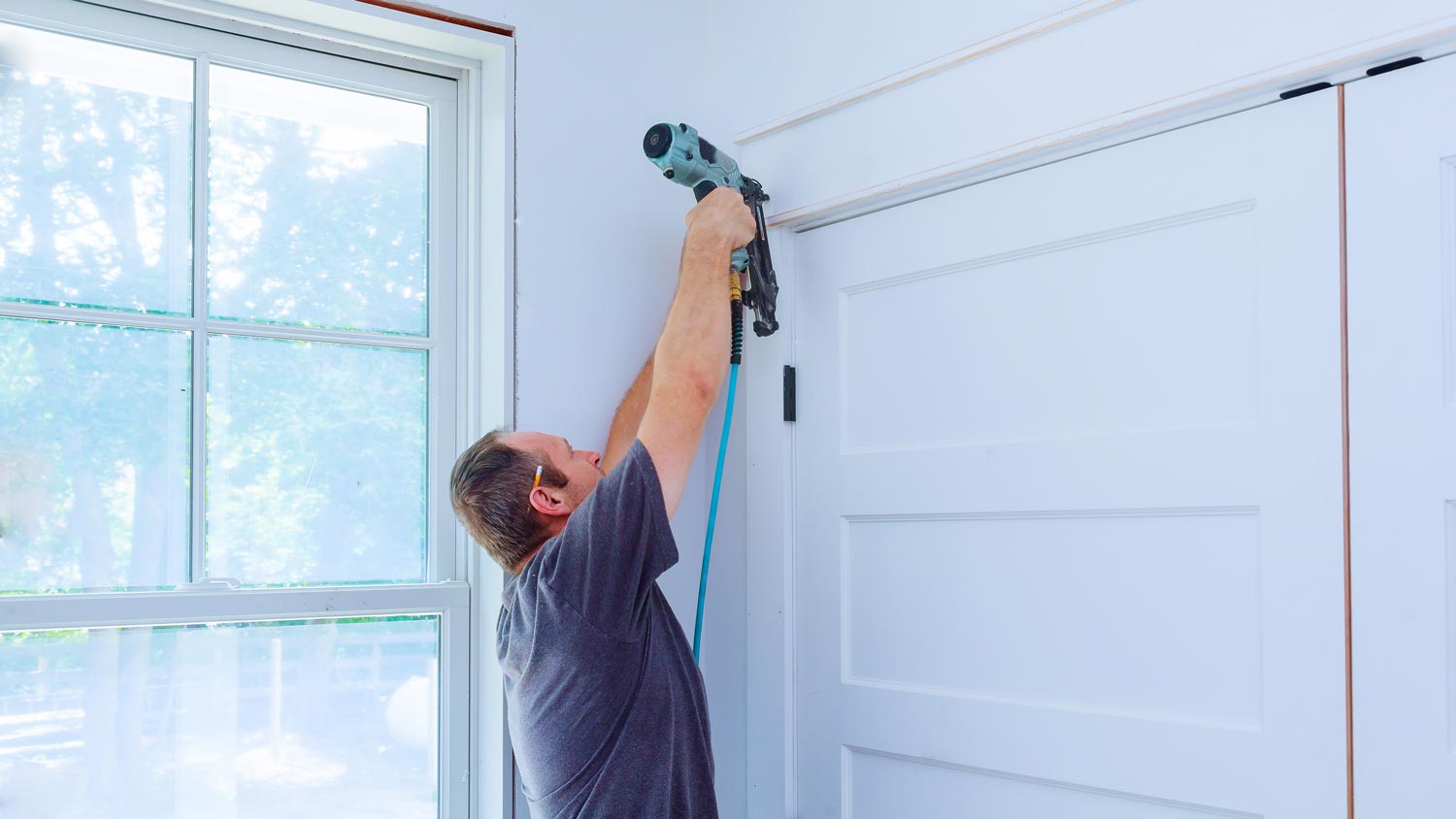
Discover the cost of widening a doorway, including average prices, key cost factors, and tips to help you budget for your project.
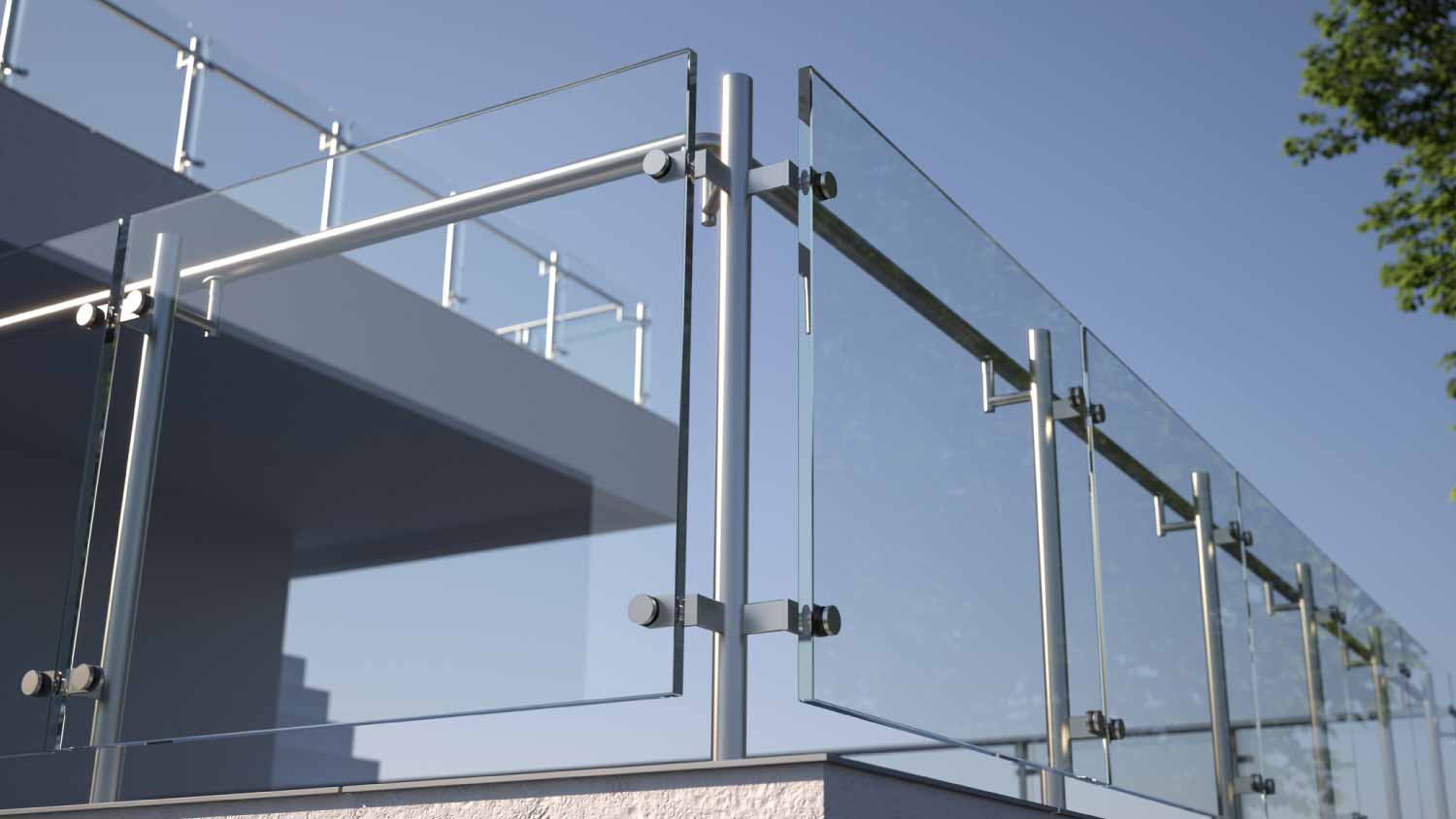
Your installed glass railing cost hinges on several factors, including materials, size, and add-on prices. Learn about the factors that impact your total cost.
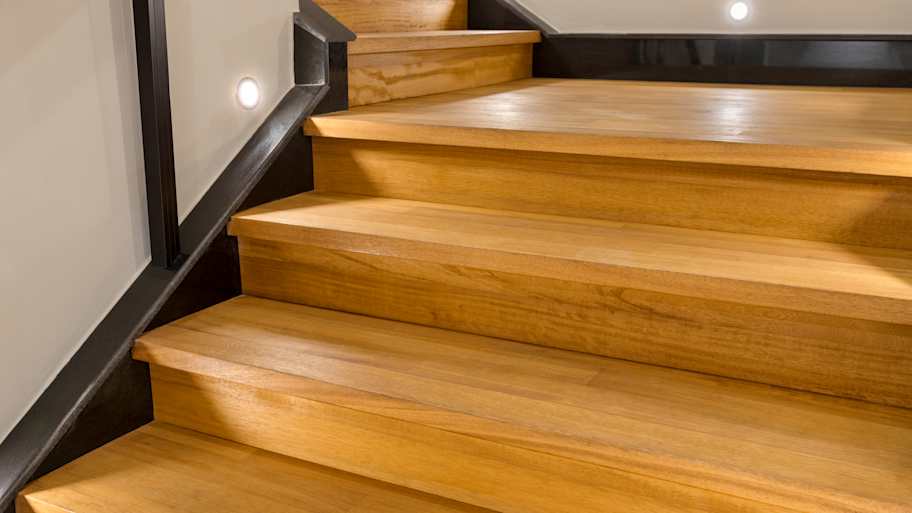
Wondering how much a spiral staircase costs to install? Discover prices, key cost factors, and tips to save on your spiral staircase installation.
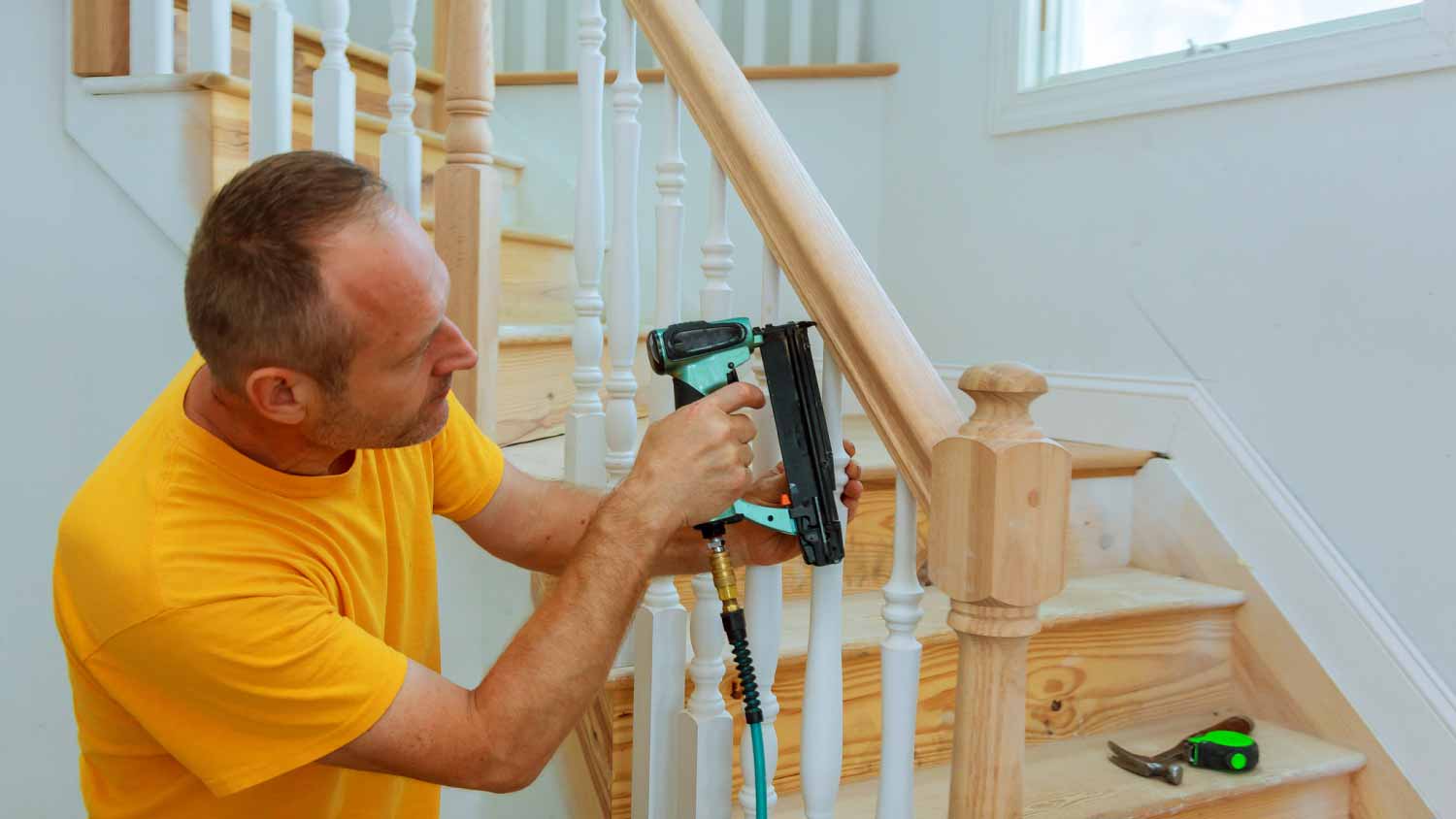
Looking to reduce fall risks in your staircase? Learn how to install a stair railing that meets building codes and keeps everyone in your home safe.